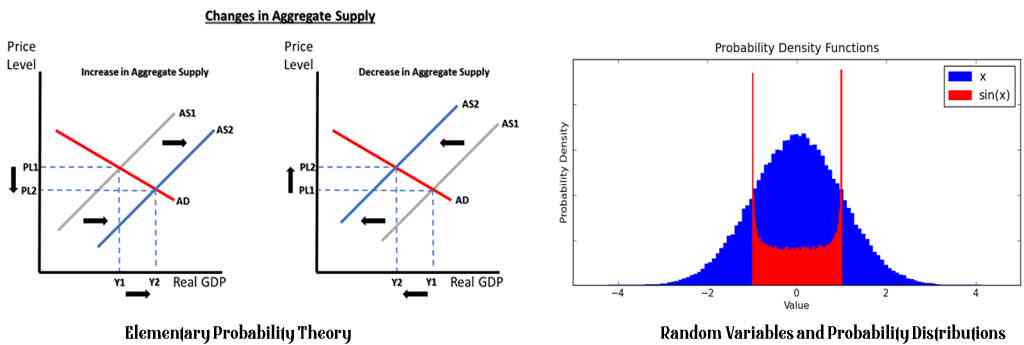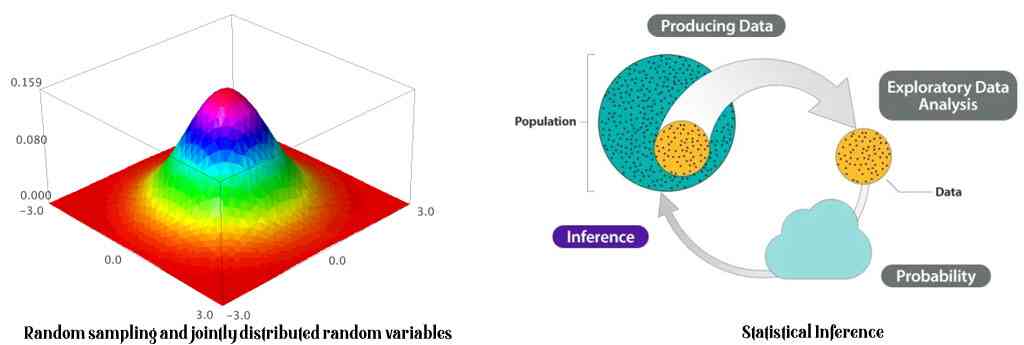Course Learning Outcomes: Statistical Methods for Economics
By the end of the Statistical Methods for Economics course, students will grasp the concept of random variables and become familiar with key discrete and continuous distributions. They will develop skills in estimating population parameters from random samples and testing hypotheses about these parameters. Additionally, students will learn to apply statistical analysis in everyday contexts, distinguishing systematic population differences from random sampling variations, a crucial skill in economic data interpretation.
Course Modules:
1. Introduction and Overview of Descriptive Statistics:
The distinction between populations and samples and between population parameters and sample statistics; measures of location; measures of dispersion; histograms; bar graphs; boxplots; pie charts; scatter diagrams.
2. Elementary Probability Theory:
Sample spaces and events; probability axioms and properties; counting techniques; conditional probability and Bayes’ rule; independent events

3. Random Variables and Probability Distributions:
Defining random variables; probability distributions; expected values and functions of random variables; properties of commonly used discrete and continuous distributions (uniform, binomial, exponential, Poisson, hypergeometric, and Normal random variables)
4. Random sampling and jointly distributed random variables:
Density and distribution functions for jointly distributed random variables; computing expected values of jointly distributed random variables; covariance and correlation coefficients

5. Point and interval estimation:
Estimation of population parameters using methods of moments and maximum likelihood procedures; properties of estimators; confidence intervals for population parameters
6. Statistical Inference:
Defining statistical hypotheses; distributions of test statistics; testing hypotheses related to population parameters; Type I and Type II errors; power of a test; tests for comparing parameters from two samples
NOTE: The above modules give a rough idea about the topics covered in our Statistical Methods for Economics course. Students will be given modules as per their respective University’s outline after prior discussion.
